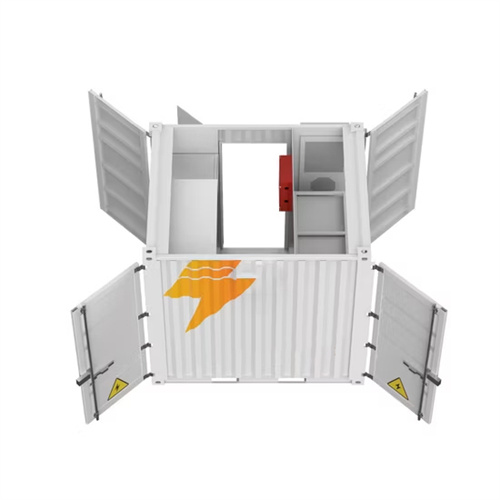About Nrel energy
The National Renewable Energy Laboratory (NREL) engages in technology transfer, working with private sector partners to facilitate the application of research in renewable energy and energy efficiency technologies in practical settings. In recognition of its efforts in innovation and technology transfer, NREL has received numerous R&D 100 Awards. These awards acknowledge advancements in scientific research with potenti.
As the photovoltaic (PV) industry continues to evolve, advancements in Nrel energy have become critical to optimizing the utilization of renewable energy sources. From innovative battery technologies to intelligent energy management systems, these solutions are transforming the way we store and distribute solar-generated electricity.
When you're looking for the latest and most efficient Nrel energy for your PV project, our website offers a comprehensive selection of cutting-edge products designed to meet your specific requirements. Whether you're a renewable energy developer, utility company, or commercial enterprise looking to reduce your carbon footprint, we have the solutions to help you harness the full potential of solar energy.
By interacting with our online customer service, you'll gain a deep understanding of the various Nrel energy featured in our extensive catalog, such as high-efficiency storage batteries and intelligent energy management systems, and how they work together to provide a stable and reliable power supply for your PV projects.
Related Contents
- Nrel energy storage cost
- 2018 renewable energy data book nrel
- Nrel energy
- Nrel in golden colorado
- Us photovoltaic prices and cost breakdowns nrel
- Nrel logo
- Nrel photovoltaic cost benchmark
- Nrel photovoltaic efficiency chart
- Nrel us solar photovoltaic system cost benchmark
- Nrel us solar photovoltaic system cost benchmark q1 2018
- Us solar photovoltaic system cost benchmark q4 2018 nrel
- Aventine renewable energy canton llc


